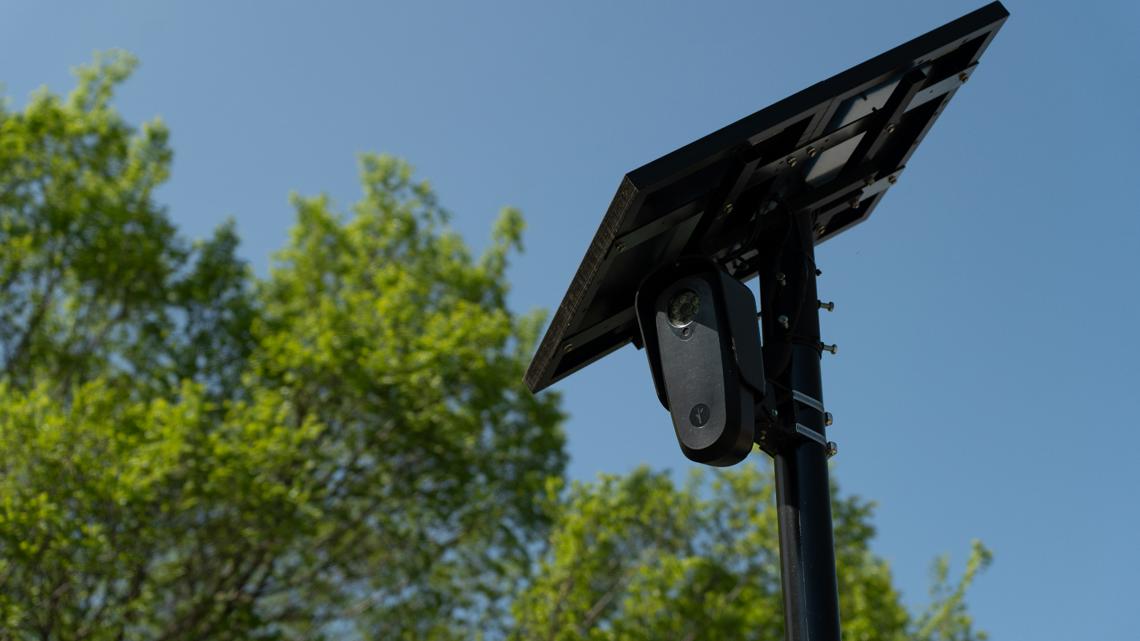
Residents shared concerns the technology could be used by ICE to track immigrants and worries that it gives authorities too much power.
SAN MARCOS, Texas — Dozens of people spoke during the public comment period at the San Marcos City Council’s meeting on Tuesday, both in favor and in opposition of adding more license plate readers (LPRs).
The council ultimately voted against increasing the number of LPRs in the city from 14 to 33. The proposal would have also added more equipment and software for the police department.
For the first year, it would have cost the city more than $124,000, which would be paid with grant money. After that, there would have been one-year extensions that would cost $102,000 per year.
According to information from the city, the technology detects both license plates and cars, with the data being used for law enforcement purposes only. This data is owned by San Marcos police and not sold to third parties, though the police chief admitted he didn’t know how much clearance the department automatically gives to other law enforcement agencies.
“I do not know if we did a carte blanche share within the state, within 50 miles or nationwide. I’ll have the answers tomorrow, but at this point, I do not know,” Police Chief Stan Standridge said Tuesday night.
“That’s real worrisome that we don’t know,” Mayor Jane Hughson replied.
At the meeting, residents shared concerns the LPR technology could be used by Immigration and Customs Enforcement (ICE) to track immigrants, as well as worries that it gives authorities too much power.
“It’s just a gross overreach of police power. It creates a mass surveillance network. The Flock cameras are already a mass surveillance network, and we just need to resist it any way we can,” LPR opponent Sol Huerta said.
Some council members also shared concerns.
“Our own policy, that the department created themselves, requires annual audits. I have yet to see an audit,” Place 6 Councilmember Amanda Rodriguez said. “We don’t even know how this technology is used, and we’re now – we’re being asked as a council to make a lack of an informed decision to expand it.”
But many residents and homeowners supported the expansion, saying it would help with public safety.
“ALPR data is only used for criminal investigations: city, state and federal and for anything that helps our law enforcement do their jobs more efficiently. Keeping our city safe and crime-free is high on my list of priorities and we are in a very high crime area with Interstate 35 running through our city,” Cindy Laird said.
According to a document from Standridge, Flock Safety does not have any contracts with the Department of Homeland Security or any of its entities including ICE. He said there have been zero requests from the Department of Homeland Security for any LPR data since the cameras first came to San Marcos.
